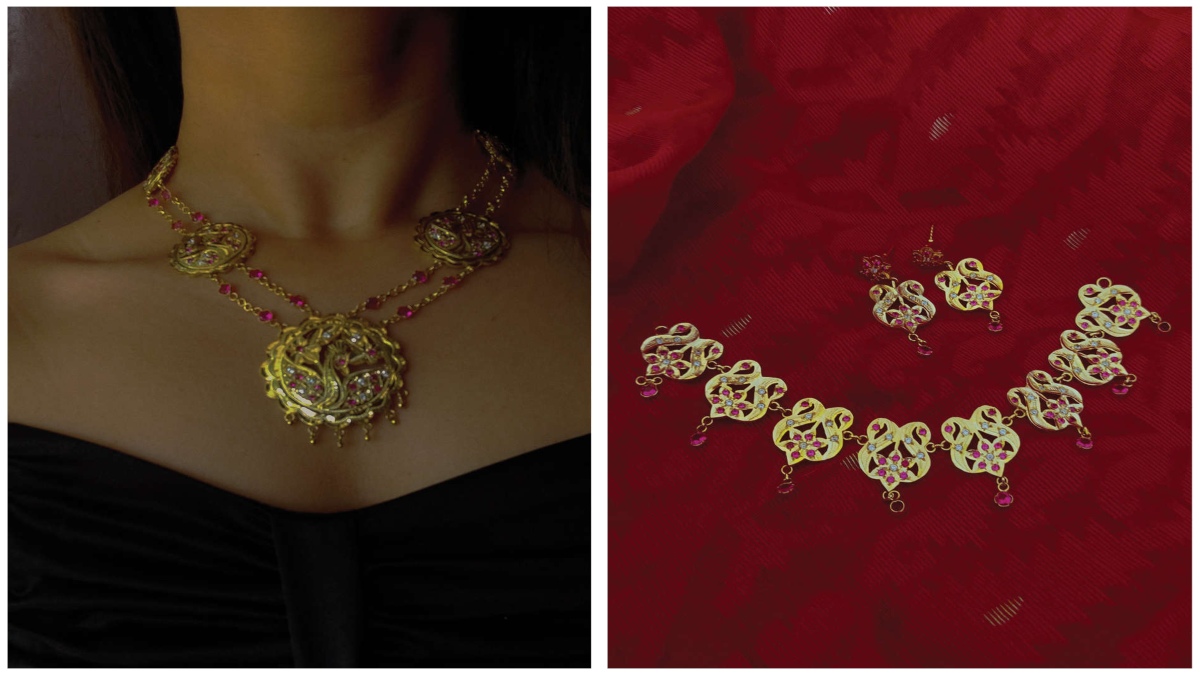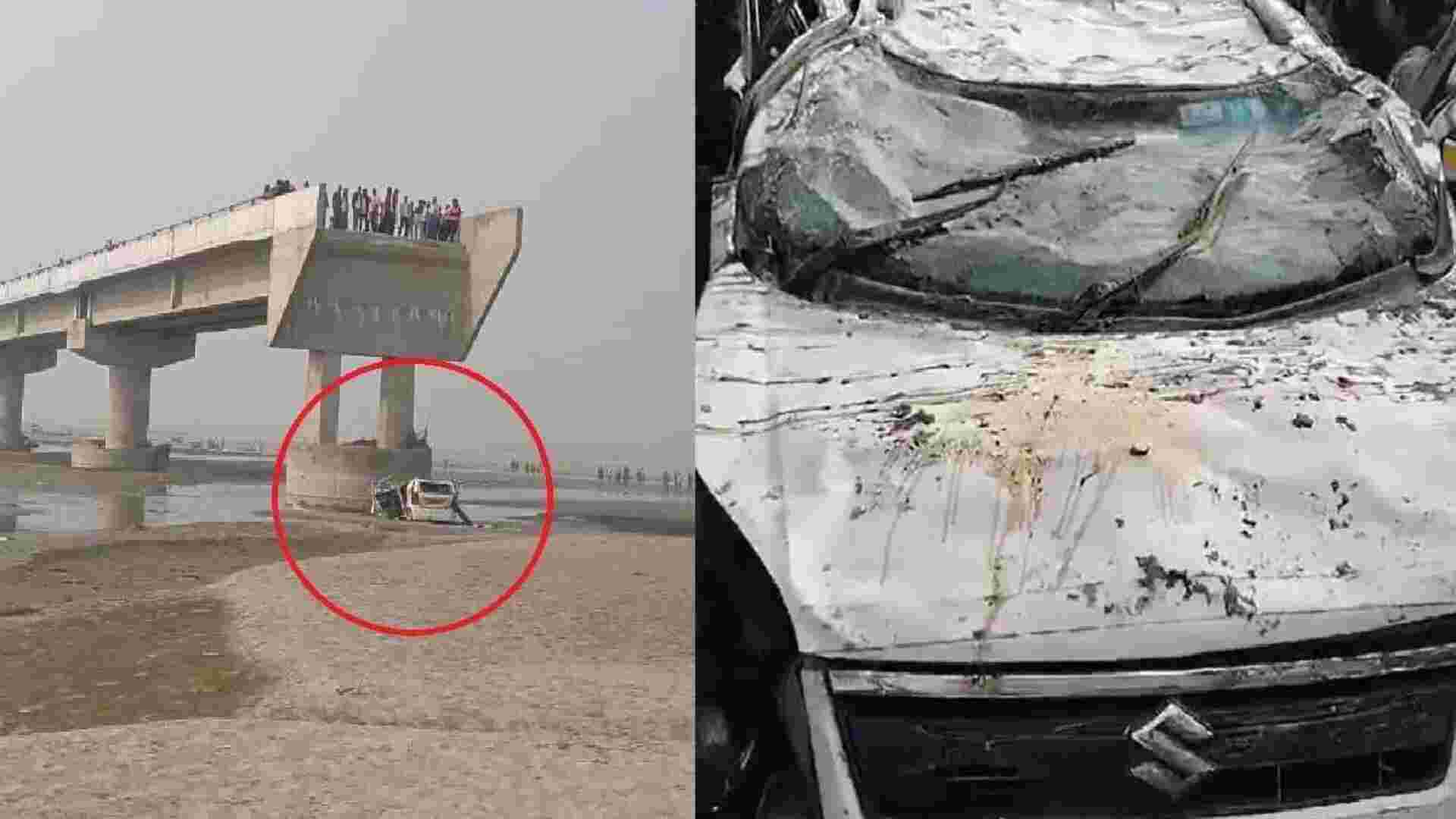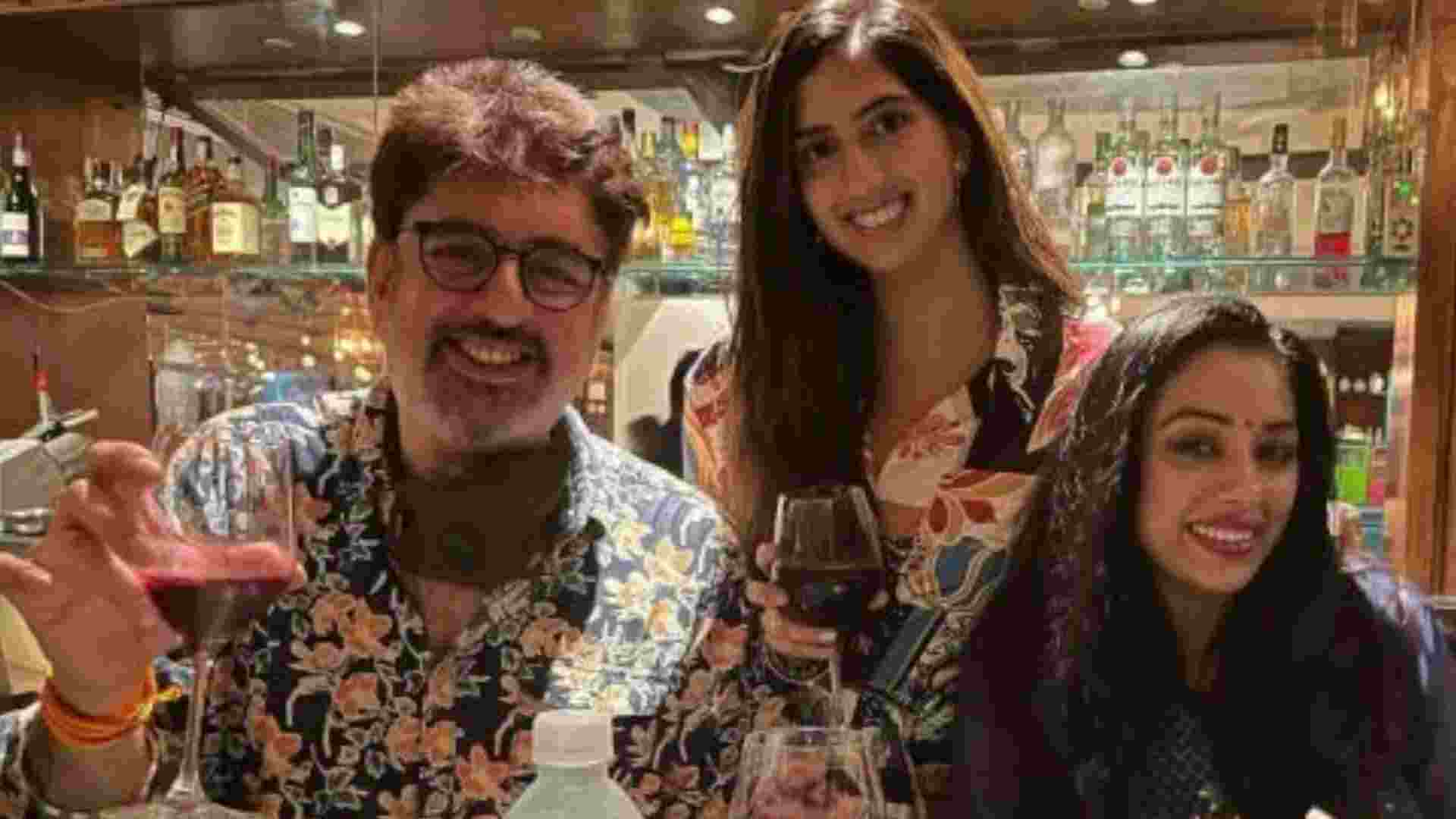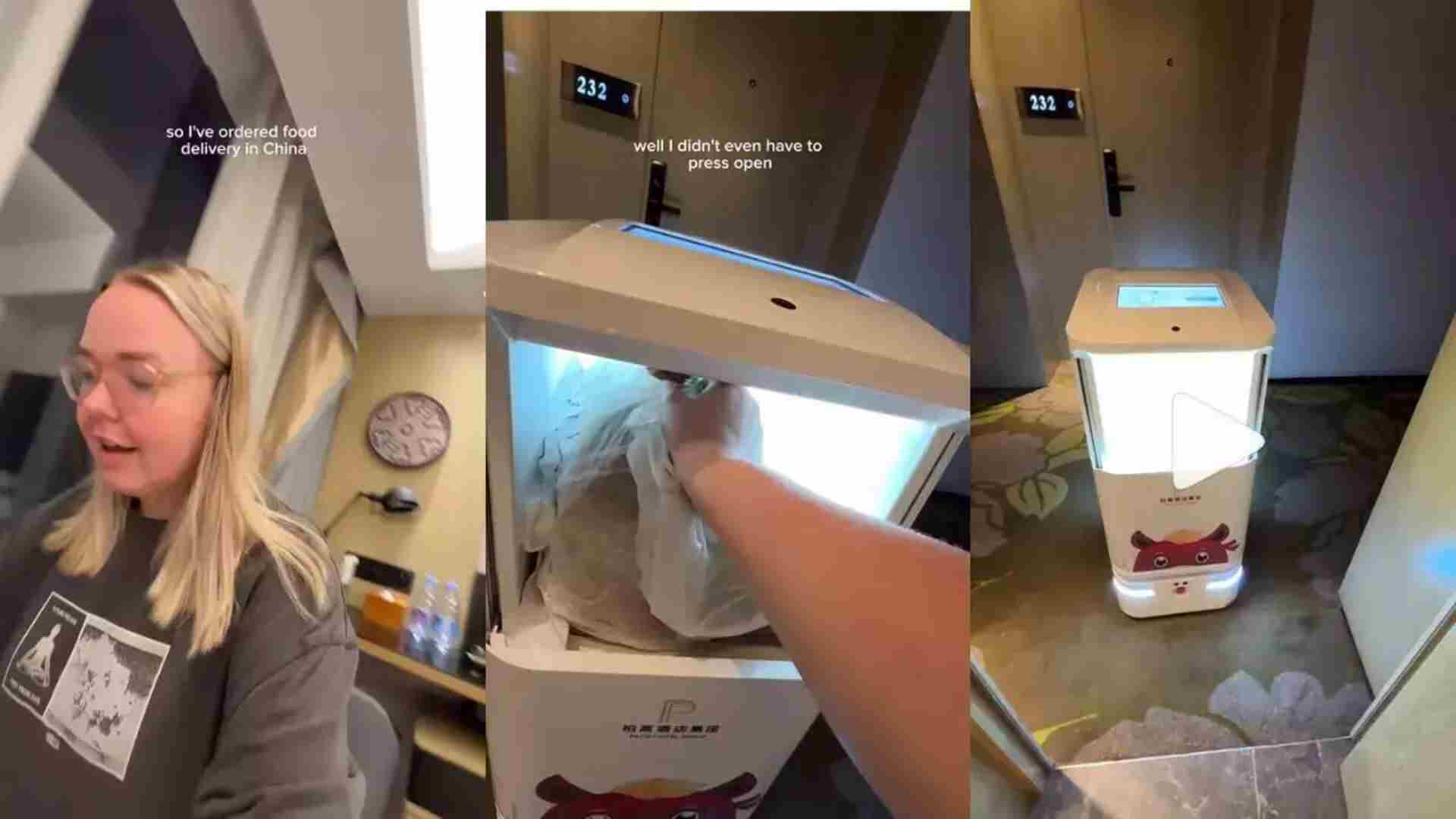
The year 2020 tested us on many levels, yet it also taught us to value what mattered most. For Shivani Sharma, founder of Kharikajai, this meant preserving her Assamese heritage, by promoting the handmade jewellery made exclusively in her home state. Believing that the intricate and age-old art of Assamese jewellery deserved to be put on the global fashion stage, she launched her label to further that goal, in November last year. A few months on and many happy clients later, she speaks exclusively to The Daily Guardian about her plans for Kharikajai and the role of ancient crafts in modern times.


Shivani Sharma

Excerpts:
Q. How does Assamese jewellery stand apart from other Indian jewellery traditions?
Two aspects of Assamese jewellery have stayed true since the Ahom Dynasty ruled, becoming an indelible part of Assamese culture. The first is that our jewellery is made entirely by hand, and the second is that it is always crafted on pure gold or silver. No other base metal can take the intricate and traditional Karigari of Assam. Another interesting aspect of our jewellery is that every design has a pattern of nature carved on it such as peacocks, leaves, flower patterns, pigeons, and similar designs. Assamese jewellery is known for its delicate pieces and the beautiful shapes carved on them.
Q. Tell us about the Golden Era of Assam and how it has influenced your jewellery?
When I began my research I realised that our local jewellery markets in Assam were flooded with contemporary designs. It was rare to spot designs that were originally worn by Ahom Queens or even by our grandmothers. This is what made me want to focus on those timeless designs, dating back hundreds of years, which had begun to fade away under the influence of popular trends. I initially took inspiration from the jewellery pieces worn by my Nani and Dadi at their weddings, which were gifted to them by their mothers. This is what makes most of my designs timeless and from the Golden Era of Assam.
Q. Since you are based in Delhi, how do you establish connections with local craftsmen?
Currently, I am working with two units of Karigars — one in Nagaon and one in Barpeta — both located in Assam. Traditionally, Assamese craftsmen do not follow an industry setup, choosing to work in their rural households instead. I wanted to sustain this practice of Karigari by encouraging them to stay in their natural habitat. Though I am based in Delhi, I coordinate with the Karigars through a dedicated team. I connect with them virtually, and also visit every two to three months for a tour of my units.
Q. What have been the biggest challenges you have faced in establishing your business as well as the most rewarding moments?
Besides designing, I had to figure everything out myself as I am completely new to this industry and had no one to guide me. This presented many challenges along the way. Yet, just last month, my pieces were featured in an editorial shoot for Vogue Magazine. It was my dream to reach a global platform and to be able to do that in just eight months was hugely rewarding.
Q. Do you believe that the younger generation is readily accepting their craft traditions? How do you make your branding contemporary to appeal to them?
I believe the younger generation is more inclined towards contemporary designs as they are trendy and easy to style. Except for a limited number of people, our ancient crafts are not readily accepted by most young people. My goal is to have people recognise Kharikajai for its traditional vibe rather than make it contemporary to appeal to them. I want to sustain my beautiful and irreplaceable culture which means every aspect of my branding has to be vintage and authentic.
I do not believe in following trends without trying something out of the box. The modern jewellery industry does not have much exposure to traditional Assamese jewellery designs. Even though it was a risk to launch a brand exclusively dedicated to this dying craft, it has been totally worth it. We should always follow our hearts, and if we are ready to challenge ourselves, we should just go for it without playing safe all the time.
Q. What’s next on the cards for Kharikajai?
Currently, we are retailing only through social media and our website. Last month, we opened up international shipping and other expansion plans are also in the works. I want to have a flagship store in Delhi and then attempt to branch out to different cities. One day, I hope to take Kharikajai abroad to discerning customers around the world.
The interviewer is a lawyer who pens lifestyle articles for various publications and her blog www.nooranandchawla.com. She can be reached on nooranand@gmail.com.














